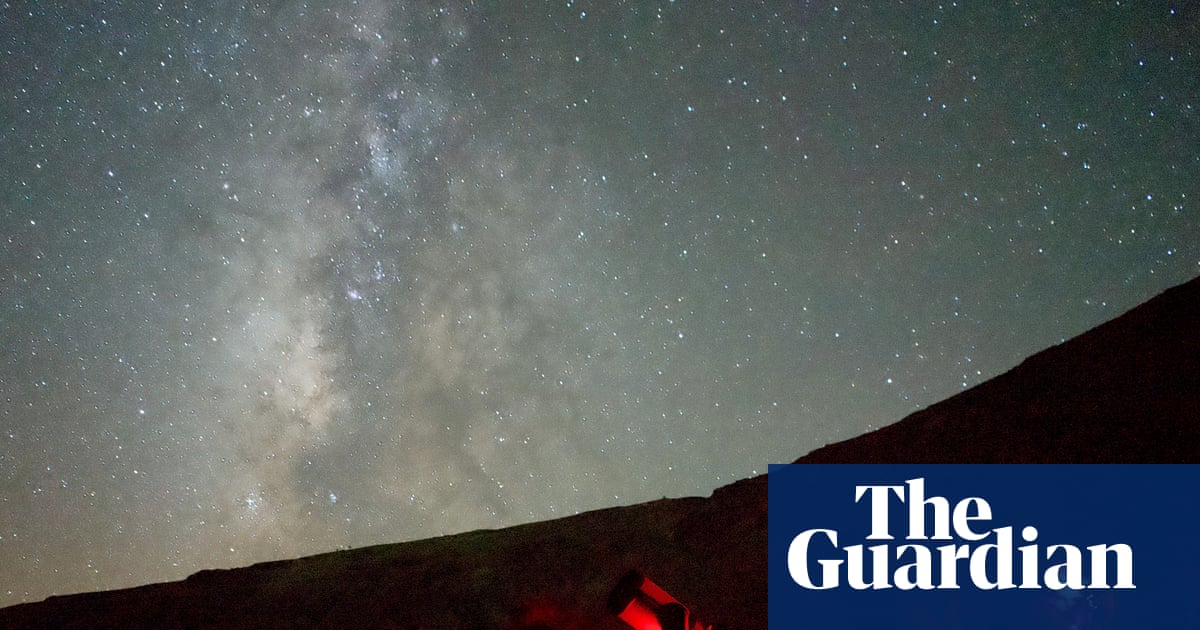
"The snow-flecked peaks surrounding the village of Hanle are bathed in golden light as the sun sets. In the valley, 28-year-old Tsering Dolkar secures a telescope to its tripod and focuses the lens beneath a clear sky. Zipped into warm jackets the visitors gather around Dolkar, gazing upwards as the sky darkens into a breathtaking tapestry of stars. She points toward a bright star in the western sky and announces: That is Venus. Someone says excitedly: There's the Milky Way!"
"At 4,500 metres above sea level, remote Hanle in Ladakh offers some of the clearest night skies on Earth and became India's first dark sky reserve in 2022. Dolkar is among 25 villagers 18 of them women trained as astronomy ambassadors to boost Hanle's tourism and offer livelihoods to villagers. The programme is also aimed at safeguarding the conditions essential for the nearby Indian Astronomical Observatory by raising awareness of light pollution."
"The spectacular night sky above the Indian Astronomical Observatory attracts thousands of astro-tourists every year to experience the extreme darkness and look at the stars Tourists pay about 1.70 a person to stargaze, guided by Dolkar and her fellow ambassadors, most of whom also host visitors in their homes. They are the interlocutors between the sky and the tourists, says Niruj Mohan Ramanujam, outreach head at the Indian Institute of Astrophysics, Bengaluru, the main research partner at the observatory."
"This programme has transformed our lives. It provides respectful, decent income while reconnecting us with our heritage Kesang Dorjey, astronomy ambassador Since the 2-metre Himalayan Chandra telescope was installed by the institute in 2000, three more telescopes have been added on the mountain peak of Digpa-ratsa Ri or in its foothills, transforming Hanle into a world-class astronomy hub, and giving formerly nomadic communities a reason to settle permanently."
Hanle, at 4,500 metres in Ladakh, offers exceptionally clear night skies and became India's first dark sky reserve in 2022. Twenty-five villagers, including 18 women, were trained as astronomy ambassadors to promote tourism and provide livelihoods. Ambassadors guide stargazing sessions, host visitors, and charge about $1.70 per person for tours. The programme aims to protect conditions for the nearby Indian Astronomical Observatory by raising awareness of light pollution. The Indian Astronomical Observatory hosts multiple telescopes, beginning with the 2-metre Himalayan Chandra telescope in 2000 and later additions. The initiative has generated respectful income and encouraged formerly nomadic communities to settle.
Read at www.theguardian.com
Unable to calculate read time
Collection
[
|
...
]